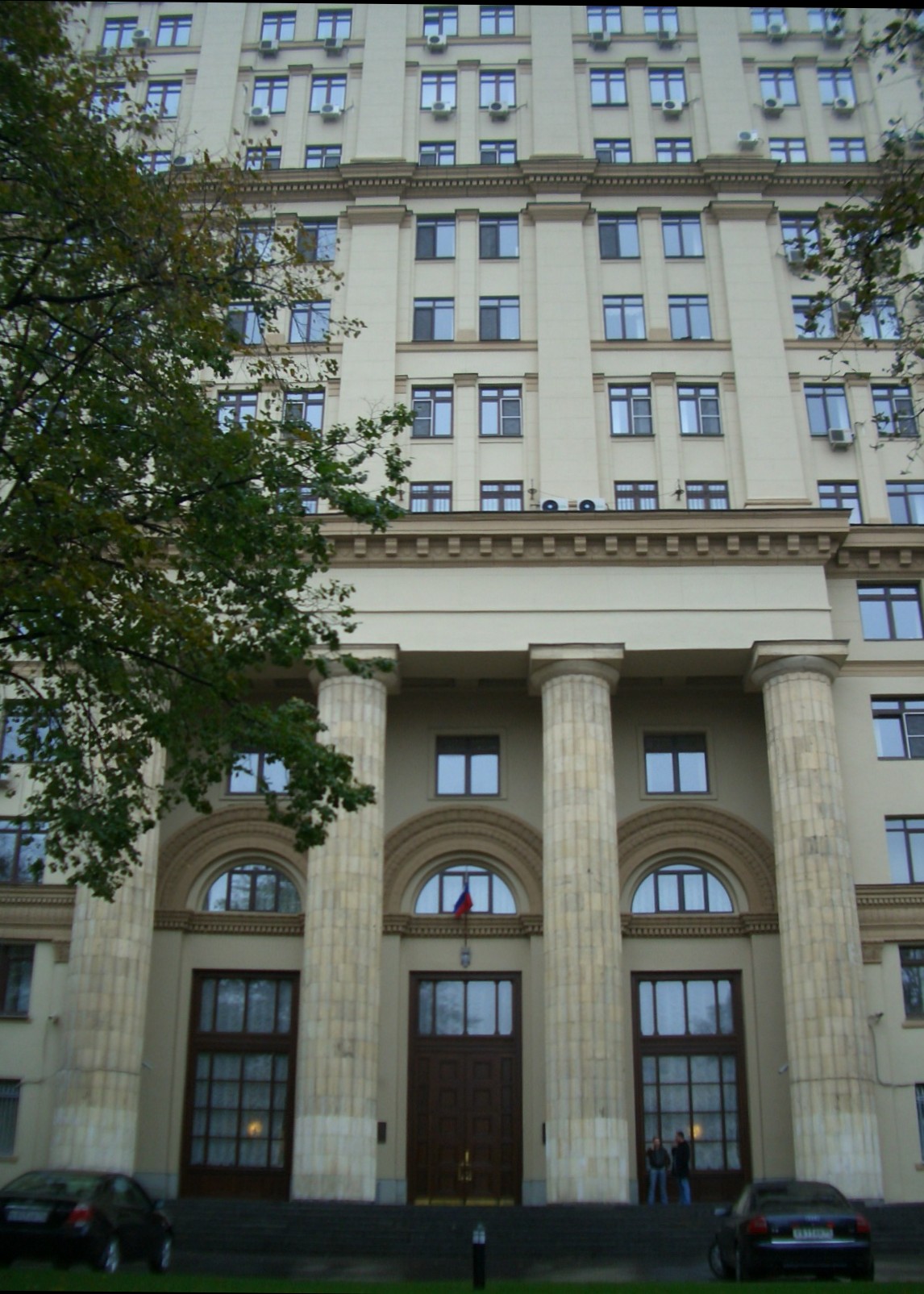|
Efim P. Slavsky
Efim Pavlovich Slavsky (October 26, 1898 – November 8, 1991) was a Soviet statesman, head of the Ministry of Medium Machine Building, and three-time recipient of the Hero of Socialist Labour award. Slavsky was best known for his work cleaning up the Kyshtym disaster in 1957 and again at Chernobyl in 1986. Slavsky was in charge of the Ministry of Medium Machine Building, the agency responsible for the construction of nuclear installations in the Soviet Union. Slavsky was also one of the chief designers of the Soviet RBMK nuclear reactor. Early life Slavsky was born on October 26, 1898, in Makiivka to a peasant family in the Russian Empire. His father, Faivel Slavsky, perished at the age of 70 after which Efim became a shepherd at age 8. At age 15, Slavsky went to work in the Donbas region coal mines. In 1918, Efim joined the Red Guard before fighting with the Petliurists. After its dissolution in 1923, Slavsky took a political course and became a regiment commissar ... [...More Info...] [...Related Items...] OR: [Wikipedia] [Google] [Baidu] |
Ministry Of Medium Machine Building
The Ministry of Medium Machine-Building Industry of the USSR (russian: Министерство среднего машиностроения СССР - Минсредмаш СССР, МСМ СССР) was the government ministry of the Soviet Union that supervised the Soviet nuclear industry, including production of nuclear warheads. The headquarters was located in Moscow in the building at Bolshaya Ordynka St. (''Большая Ордынка'') 24-26, currently occupied by the corporation Rosatom. History The basis of the ministry was established since September 1942 the First Chief Directorate (nuclear industry), the Third Chief Directorate (development in the area controlled missiles, aircraft, rockets and long range missiles) of the Council of Ministers of the USSR and the Central Board of Industrial Building of the Ministry of Internal Affairs of the USSR (''Главпромстрой МВД'') charged with construction of nuclear installations. The Ministry of Medium Mach ... [...More Info...] [...Related Items...] OR: [Wikipedia] [Google] [Baidu] |
A-bomb (RDS-1)
A nuclear weapon is an explosive device that derives its destructive force from nuclear reactions, either fission (fission bomb) or a combination of fission and fusion reactions ( thermonuclear bomb), producing a nuclear explosion. Both bomb types release large quantities of energy from relatively small amounts of matter. The first test of a fission ("atomic") bomb released an amount of energy approximately equal to . The first thermonuclear ("hydrogen") bomb test released energy approximately equal to . Nuclear bombs have had yields between 10 tons TNT (the W54) and 50 megatons for the Tsar Bomba (see TNT equivalent). A thermonuclear weapon weighing as little as can release energy equal to more than . A nuclear device no larger than a conventional bomb can devastate an entire city by blast, fire, and radiation. Since they are weapons of mass destruction, the proliferation of nuclear weapons is a focus of international relations policy. Nuclear weapons have been ... [...More Info...] [...Related Items...] OR: [Wikipedia] [Google] [Baidu] |


